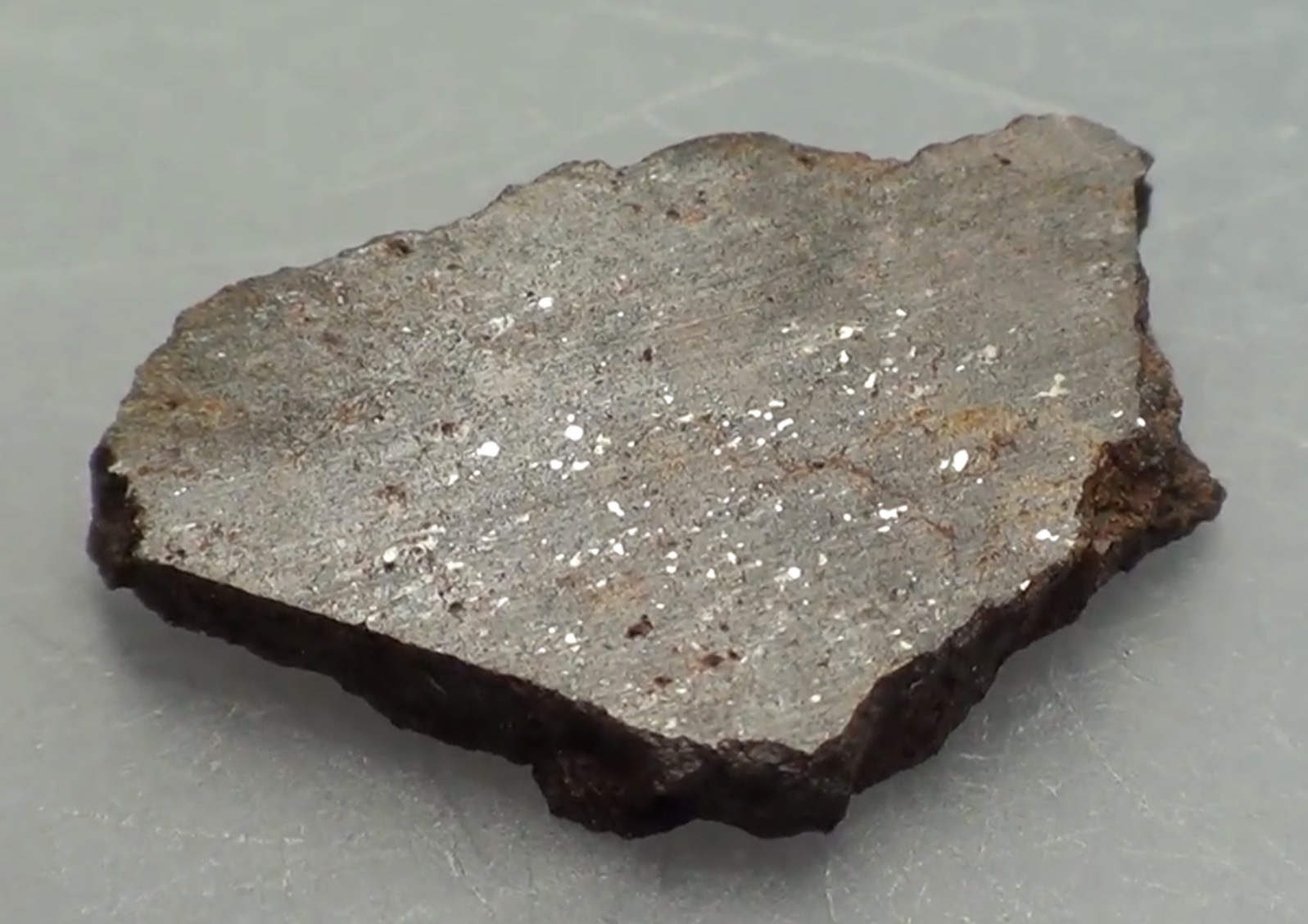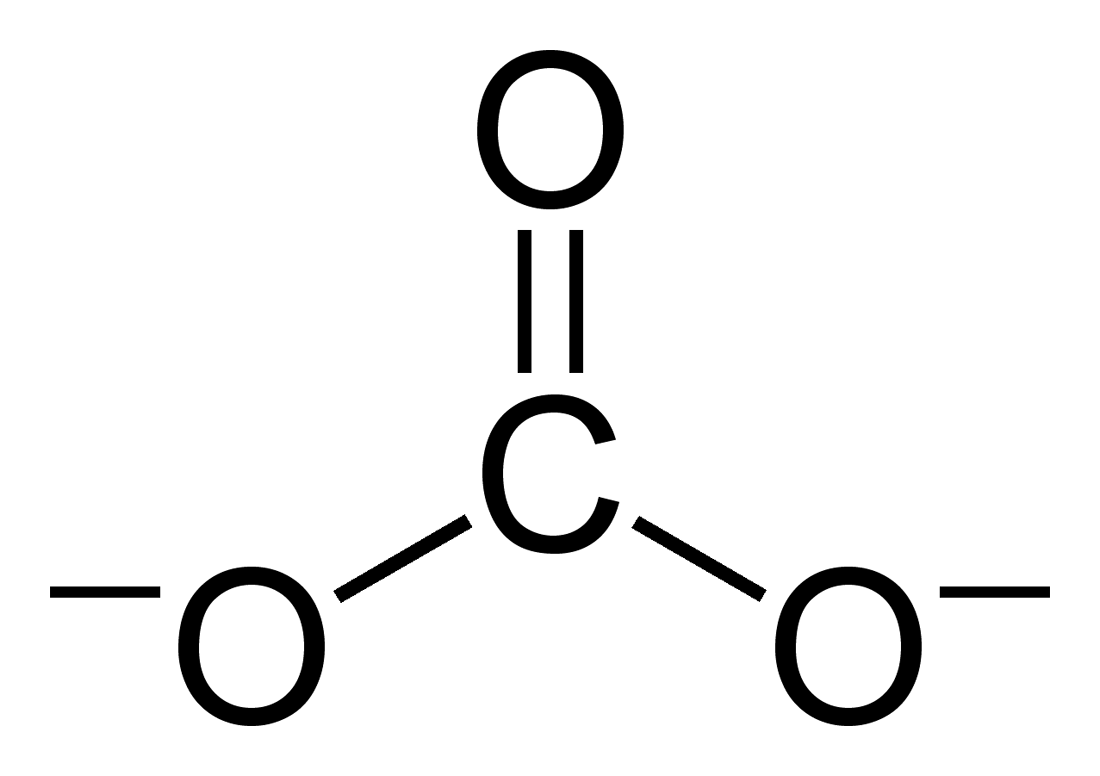|
210 Isabella
Isabella (minor planet designation: 210 Isabella) is a large and dark asteroid from the central asteroid belt, approximately 80 kilometers in diameter. It was discovered in Pola by Johann Palisa on 12 November 1879. The origin of the name is unknown. The asteroid is probably composed of material similar to carbonaceous chondrite A chondrite is a stony (non- metallic) meteorite that has not been modified, by either melting or differentiation of the parent body. They are formed when various types of dust and small grains in the early Solar System accreted to form pri ...s. It is classified as a member of the Nemesis family of asteroids. References External links The Asteroid Orbital Elements DatabaseAsteroid Lightcurve Data File* * Nemesis asteroids Isabella Isabella CF-type asteroids (Tholen) Cb-type asteroids (SMASS) 18791112 {{C-beltasteroid-stub ... [...More Info...] [...Related Items...] OR: [Wikipedia] [Google] [Baidu] |
Johann Palisa
Johann Palisa (6 December 1848 – 2 May 1925) was an Austrian astronomer, born in Troppau, Austrian Silesia, now Czech Republic. He was a prolific discoverer of asteroids, discovering 122 in all, from 136 Austria in 1874 to 1073 Gellivara in 1923. Some of his notable discoveries include 153 Hilda, 216 Kleopatra, 243 Ida, 253 Mathilde, 324 Bamberga, and the near-Earth asteroid 719 Albert. Palisa made his discoveries without the aid of photography, and he remains the most successful visual (non-photographic) asteroid discoverer of all time. He was awarded the Valz Prize from the French Academy of Sciences in 1906. The asteroid 914 Palisana, discovered by Max Wolf in 1919, and the lunar crater ''Palisa'' were named in his honour. Biography Palisa was born on 6 December 1848, in Troppau in Austrian Silesia (now called ''Opava'' and located in the Czech Republic). From 1866 to 1870, Palisa studied mathematics and astronomy ... [...More Info...] [...Related Items...] OR: [Wikipedia] [Google] [Baidu] |
Asteroid Belt
The asteroid belt is a torus-shaped region in the Solar System, located roughly between the orbits of the planets Jupiter and Mars. It contains a great many solid, irregularly shaped bodies, of many sizes, but much smaller than planets, called asteroids or minor planets. This asteroid belt is also called the main asteroid belt or main belt to distinguish it from other asteroid populations in the Solar System such as near-Earth asteroids and trojan asteroids. The asteroid belt is the smallest and innermost known circumstellar disc in the Solar System. About 60% of its mass is contained in the four largest asteroids: Ceres, Vesta, Pallas, and Hygiea. The total mass of the asteroid belt is calculated to be 3% that of the Moon. Ceres, the only object in the asteroid belt large enough to be a dwarf planet, is about 950 km in diameter, whereas Vesta, Pallas, and Hygiea have mean diameters less than 600 km. The remaining bodies range down to the size of a dust particl ... [...More Info...] [...Related Items...] OR: [Wikipedia] [Google] [Baidu] |
Named Minor Planets
Named may refer to something that has been given a name. Named may also refer to: * named (computing), a widely used DNS server * Naming (parliamentary procedure) Naming is a procedure in some Westminster parliaments that provides for the speaker to temporarily remove a member of parliament who is breaking the rules of conduct of the legislature. Historically, "naming" refers to the speaker's invocation of ... * The Named (band), an American industrial metal group In literature: * '' The Named'', a fantasy novel by Marianne Curley * The Named, a fictional race of prehistoric big cats, depicted in '' The Books of the Named'' series by Clare Bell See also * Name (other) * Names (other) * Naming (other) {{disambiguation ... [...More Info...] [...Related Items...] OR: [Wikipedia] [Google] [Baidu] |
Discoveries By Johann Palisa
Discoveries may refer to: Music * ''Discoveries'' (Cannonball Adderley album), 1955 * ''Discoveries'' (Josh Nelson album), 2011 * ''Discoveries'' (Northlane album), 2011 Other uses * ''Discoveries'' (film), a 1939 British film * Discoveries (horse), a racehorse * ''Discoveries'' (Robertson Davies), a 2002 book by Robertson Davies * ''Discoveries'' (TV series), a Canadian youth science television series which aired on CBC Television in 1957 * '' Abrams Discoveries'', a series of illustrated non-fiction books published by Harry N. Abrams * ''Discoveries'', a work by William Butler Yeats, written in 1907 * ''Discoveries'', a magazine published by Cedars-Sinai Medical Center See also * Age of Discoveries * Discovery (other) * Explorations (other) Explorations may refer to: *The plural of exploration Exploration refers to the historical practice of discovering remote lands. It is studied by geographers and historians. Two major eras of exploratio ... [...More Info...] [...Related Items...] OR: [Wikipedia] [Google] [Baidu] |
Nemesis Asteroids
In ancient Greek religion, Nemesis, also called Rhamnousia or Rhamnusia ( grc, Ῥαμνουσία, Rhamnousía, the goddess of Rhamnous), was the goddess who personifies retribution, a central concept in the Greek world view. Etymology The name ''Nemesis'' is related to the Greek word νέμειν ''némein'', meaning "to give what is due", from Proto-Indo-European ''nem-'' "distribute". Family Nemesis has been described as the daughter of Oceanus, Erebus, or Zeus, but according to Hyginus she was a child of Erebus and Nyx. She has also been described, by Hesiod, as the daughter of Nyx alone. In the Theogony, Nemesis is the sister of the Moirai (the Fates), the Keres (Black Fates), the Oneiroi (Dreams), Eris (Discord) and Apate (Deception). Some made her the daughter of Zeus by an unnamed mother. In several traditions, Nemesis was seen as the mother of Helen of Troy by Zeus, adopted and raised by Leda and Tyndareus. According to the poet Bacchylides, she was the mother ... [...More Info...] [...Related Items...] OR: [Wikipedia] [Google] [Baidu] |
Icarus (journal)
''ICARUS'' is a scientific journal dedicated to the field of planetary science. It is officially endorsed by the American Astronomical Society's Division for Planetary Sciences (DPS). The journal contains articles discussing the results of new research on astronomy, geology, meteorology, physics, chemistry, biology, and other scientific aspects of the Solar System or extrasolar systems. The journal was founded in 1962, and became affiliated with the DPS in 1974. Its original owner and publisher was Academic Press, which was purchased by Elsevier in 2000. The journal is named for the mythical Icarus, and the frontispiece of every issue contains an extended quotation from Sir Arthur Eddington equating Icarus' adventurousness with the scientific investigator who "strains his theories to the breaking-point till the weak joints gape." Abstracting and indexing This journal is indexed by the following services: * Science Citation Index * Current Contents /Physical, Chemic ... [...More Info...] [...Related Items...] OR: [Wikipedia] [Google] [Baidu] |
Nemesis Family
An asteroid family is a population of asteroids that share similar proper orbital elements, such as semimajor axis, eccentricity, and orbital inclination. The members of the families are thought to be fragments of past asteroid collisions. An asteroid family is a more specific term than asteroid group whose members, while sharing some broad orbital characteristics, may be otherwise unrelated to each other. General properties Large prominent families contain several hundred recognized asteroids (and many more smaller objects which may be either not-yet-analyzed, or not-yet-discovered). Small, compact families may have only about ten identified members. About 33% to 35% of asteroids in the main belt are family members. There are about 20 to 30 reliably recognized families, with several tens of less certain groupings. Most asteroid families are found in the main asteroid belt, although several family-like groups such as the Pallas family, Hungaria family, and the Phocaea f ... [...More Info...] [...Related Items...] OR: [Wikipedia] [Google] [Baidu] |
Chondrite
A chondrite is a stony (non- metallic) meteorite that has not been modified, by either melting or differentiation of the parent body. They are formed when various types of dust and small grains in the early Solar System accreted to form primitive asteroids. Some such bodies that are captured in the planet's gravity well become the most common type of meteorite by (whether quickly, or after many orbits) arriving on a trajectory toward the planet's surface. Estimates for their contribution to the total meteorite population vary between 85.7% and 86.2%. Their study provides important clues for understanding the origin and age of the Solar System, the synthesis of organic compounds, the origin of life and the presence of water on Earth. One of their characteristics is the presence of chondrules (from the Ancient Greek χόνδρος ''chondros'', grain), which are round grains formed as molten, or partially molten droplets, in the space by distinct minerals, that normally co ... [...More Info...] [...Related Items...] OR: [Wikipedia] [Google] [Baidu] |
Carbonate
A carbonate is a salt of carbonic acid (H2CO3), characterized by the presence of the carbonate ion, a polyatomic ion with the formula . The word ''carbonate'' may also refer to a carbonate ester, an organic compound containing the carbonate group C(=O)(O–)2. The term is also used as a verb, to describe carbonation: the process of raising the concentrations of carbonate and bicarbonate ions in water to produce carbonated water and other carbonated beverageseither by the addition of carbon dioxide gas under pressure or by dissolving carbonate or bicarbonate salts into the water. In geology and mineralogy, the term "carbonate" can refer both to carbonate minerals and carbonate rock (which is made of chiefly carbonate minerals), and both are dominated by the carbonate ion, . Carbonate minerals are extremely varied and ubiquitous in chemically precipitated sedimentary rock. The most common are calcite or calcium carbonate, CaCO3, the chief constituent of limestone (as ... [...More Info...] [...Related Items...] OR: [Wikipedia] [Google] [Baidu] |
Pula
Pula (; also known as Pola, it, Pola , hu, Pòla, Venetian; ''Pola''; Istriot: ''Puola'', Slovene: ''Pulj'') is the largest city in Istria County, Croatia, and the seventh-largest city in the country, situated at the southern tip of the Istrian peninsula, with a population of 52,411 in 2021. It is known for its multitude of ancient Roman buildings, the most famous of which is the Pula Arena, one of the best preserved Roman amphitheaters. The city has a long tradition of wine making, fishing, shipbuilding, and tourism. It was the administrative centre of Istria from ancient Roman times until superseded by Pazin in 1991. History Pre-history Evidence of the presence of '' Homo erectus'' one million years ago has been found in the cave of Šandalja near Pula. Pottery from the Neolithic period (6000–2000 BC), indicating human settlement, has been found around Pula. In the Bronze Age (1800–1000 BC), a new type of settlement appeared in Istria, called 'gradine', or Hi ... [...More Info...] [...Related Items...] OR: [Wikipedia] [Google] [Baidu] |
Asteroid
An asteroid is a minor planet of the Solar System#Inner solar system, inner Solar System. Sizes and shapes of asteroids vary significantly, ranging from 1-meter rocks to a dwarf planet almost 1000 km in diameter; they are rocky, metallic or icy bodies with no atmosphere. Of the roughly one million known asteroids the greatest number are located between the orbits of Mars and Jupiter, approximately 2 to 4 astronomical unit, AU from the Sun, in the main asteroid belt. Asteroids are generally classified to be of three types: C-type asteroid, C-type, M-type asteroid, M-type, and S-type asteroid, S-type. These were named after and are generally identified with carbonaceous, metallic, and silicaceous compositions, respectively. The size of asteroids varies greatly; the largest, Ceres (dwarf planet), Ceres, is almost across and qualifies as a dwarf planet. The total mass of all the asteroids combined is only 3% that of Earth's Moon. The majority of main belt asteroids follow slig ... [...More Info...] [...Related Items...] OR: [Wikipedia] [Google] [Baidu] |






